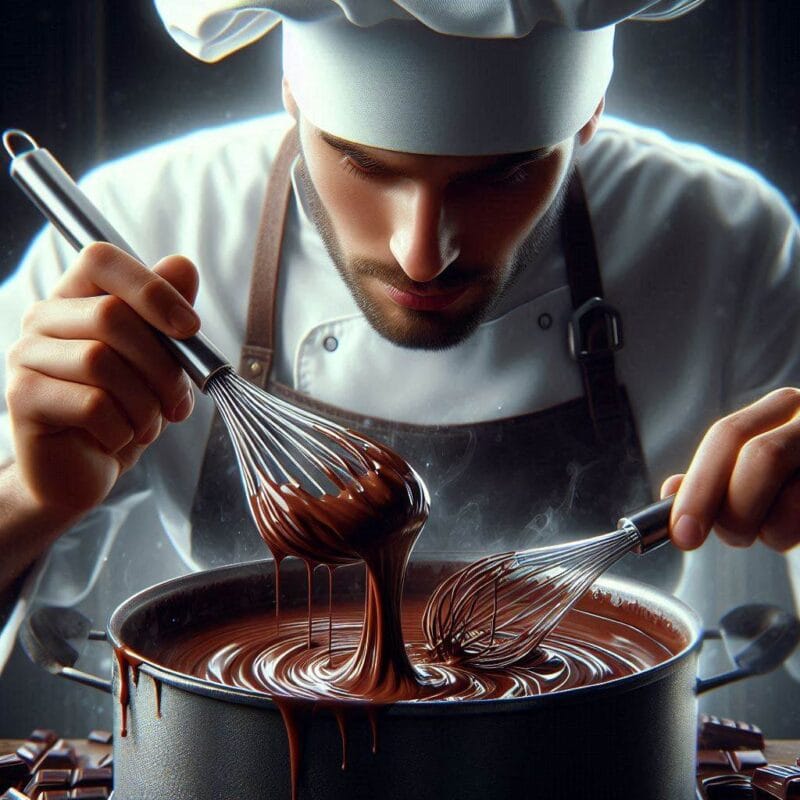No products in the cart.
mushroom chocolate
The Art of Handmade Chocolates: Crafting Sweet Delights from Scratch
In a world increasingly dominated by mass-produced goods, there’s a growing appreciation for the unique and personal touch of handmade products. This sentiment is especially true in the realm of confectionery, where handmade mushroom chocolates have carved out a special niche. Whether you’re a passionate chocolatier or simply a lover of artisanal treats, the process of creating chocolates from scratch offers not only an enjoyable activity but also a deeply satisfying experience. This article delves into the allure of DIY chocolates, exploring their benefits, the crafting process, and why handmade chocolates make such a delightful gift.
Handmade chocolates stand apart from their store-bought counterparts in several ways:
– Personal Touch: Each piece of handmade mushroom chocolate is a unique creation, reflecting the individual touch and creativity of its maker. This personal touch often results in distinct flavors, textures, and designs that you won’t find in commercially produced chocolates.
– Quality Ingredients: When making chocolates from scratch, you have full control over the quality of ingredients. This allows you to use premium cocoa beans, organic ingredients, and avoid artificial additives or preservatives, ensuring a high-quality product.
– Customization: Handmade chocolates can be tailored to specific tastes and preferences. Whether it’s a favorite flavor combination, dietary restrictions, or personalized designs, DIY chocolates can be customized to suit any occasion or preference.
The Process of Crafting Handmade Chocolates
Creating handmade chocolates involves several key steps, each offering opportunities for creativity and precision:
1. Selecting Ingredients
The foundation of great handmade chocolates starts with selecting high-quality ingredients:
– Cocoa Beans or Chocolate: Choose cocoa beans or high-quality chocolate with a high cocoa content. Single-origin cocoa beans can add unique flavors and complexities.
– Sweeteners and Add-ins: Opt for natural sweeteners like cane sugar, honey, or maple syrup. You can also add ingredients like nuts, dried fruits, or spices to enhance flavor.
2. Tempering Chocolate
Tempering is a crucial process in chocolate-making that involves heating and cooling the chocolate to stabilize its cocoa butter. Proper tempering ensures that the chocolate has a smooth texture, glossy finish, and a satisfying snap when broken. The basic steps include:
– Melting: Gently melt the chocolate using a double boiler or microwave, ensuring it reaches a specific temperature (usually around 110-120°F or 43-49°C).
– Cooling: Cool the chocolate to about 80°F (27°C) while stirring continuously to promote the formation of stable cocoa butter crystals.
– Reheating: Gently reheat the chocolate to around 88-90°F (31-32°C) for dark chocolate or slightly lower for milk and white chocolates.
3. Molding and Shaping
Once tempered, the chocolate is poured into molds or shaped by hand. You can use various molds to create different shapes and sizes or handcraft individual pieces for a more personalized touch. Popular molds include:
– Silicone Molds: Easy to use and versatile, silicone molds come in various shapes and sizes, perfect for creating chocolates with intricate designs.
– Polycarbonate Molds: These molds provide a shiny, professional finish and are ideal for making chocolates with a smooth surface and crisp edges.
4. Adding Flavors and Decorations
The fun part of making handmade chocolates is adding unique flavors and decorations. Some ideas include:
– Infusions: Add flavorings like vanilla, espresso, or citrus zest to the chocolate mixture.
– Fillings: Create truffles or bonbons by adding fillings such as caramel, ganache, or fruit preserves.
– Decorations: Use edible decorations like sprinkles, sea salt, or gold leaf to add a touch of elegance.
The Joy of Giving Handmade Chocolates
Handmade chocolates make exceptional gifts for various occasions:
– Personalized Gifts: Tailor the flavors and designs to match the recipient’s preferences, making the gift both thoughtful and unique.
– Special Occasions: Celebrate birthdays, anniversaries, or holidays with custom chocolates that add a personal touch to your celebrations.
– Corporate Gifts: Handmade chocolates can be customized with company logos or messages, making them a memorable and appreciated gift for clients and colleagues.
Conclusion
Handmade chocolates are more than just a sweet treat—they are a testament to the art of craftsmanship and creativity. By engaging in the process of creating chocolates from scratch, you gain control over quality, flavor, and design, resulting in a product that’s truly one-of-a-kind. Whether you’re making chocolates as a hobby, a gift, or for a special occasion, the experience of crafting these delightful confections is both rewarding and enjoyable. So, roll up your sleeves, gather your ingredients, and immerse yourself in the delightful world of handmade chocolates. The result will be a delicious treat that not only satisfies the palate but also brings a personal touch to every bite.

